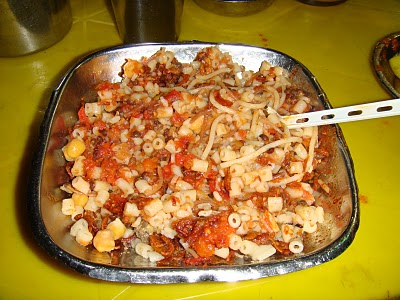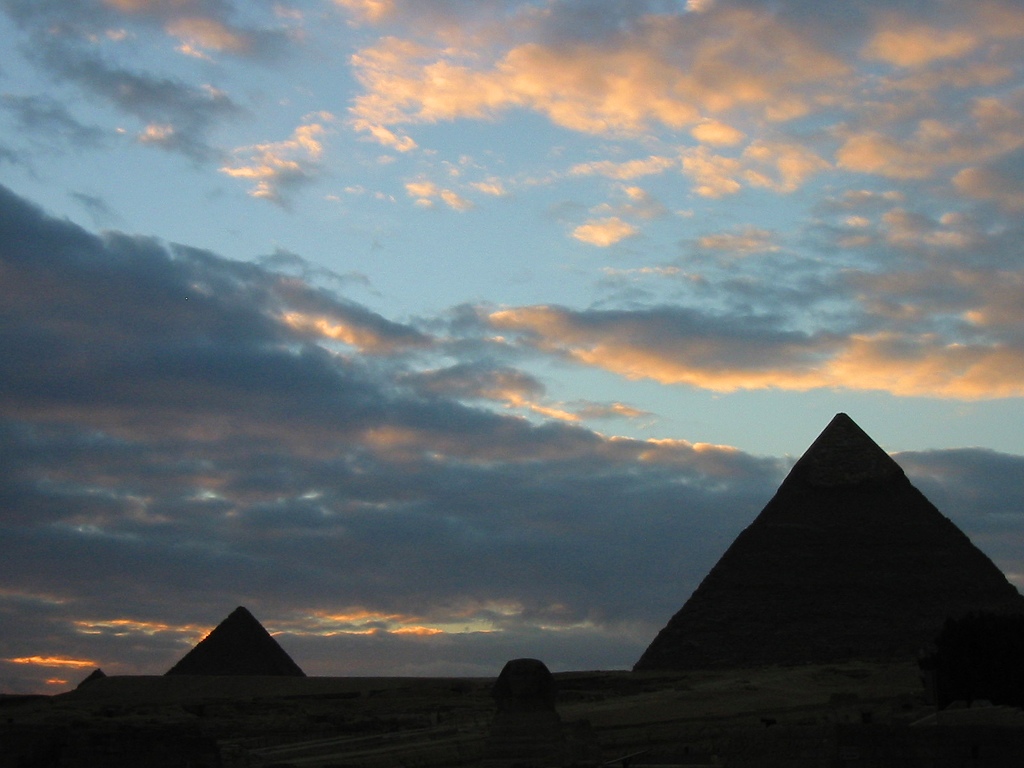
Why go
Cairo is an ancient city full of bustling streets, endless markets, a fascinating and vibrant culture, and more than seven million people. As with any other major international city, you can find many shopping opportunities and exquisite dining in the Egyptian capital. Most importantly, it is also home to some of the world’s greatest treasures. From the magnificent Pyramids at Giza, to the breathtaking King Tut exhibit at the Egyptian Museum, a trip to Cairo gives you the priceless opportunity to see some of mankind’s greatest creations.
Insider Tips
- You need a visa to visit Egypt, but these can easily be purchased at a kiosk in the arrivals terminal for only $15 USD. It is much easier to buy your visa at the Cairo airport than to fill out all the paperwork in advance.
- The Cairo International Airport is about 15 miles from downtown Cairo. During heavy traffic times, this drive can take about an hour, but expect it to only take twenty minutes when the streets are relatively clear.
- Although the summers can be very hot in Cairo, the rest of the year is much cooler than you would expect, so you'll want to bring a sweater. The average highs and lows during the spring and fall seasons are about 77 and 59 degrees, respectively. During the winter months of December, January, and February, the average daily high is only 64 degrees.
- Although the summer heat can be brutal, none of the locals wear shorts. A female in shorts will certainly receive lots of stares and possibly even a few suggestive comments. A man in shorts will certainly stand out, but probably won’t be subjected to any negative remarks. That said, feel free to wear more westernized clothes to sites such as Giza or Saqqara, where it can be extremely hot and the only people you see are other tourists and locals selling Pharonic trinkets.
- To prevent potential discomfort and embarrassment, you should absolutely bring anti-diarrheal medicine, hand sanitizer, and packs of tissues. The bathroom attendants usually only give you a single piece of tissue upon entering, so it is essential to always carry around additional tissues or toilet paper during your time in Cairo.
- Avoid drinking any tap water and even use the bottled variety to brush your teeth. You will find plenty of fresh juices in Cairo, but always make sure that no water or ice has been added.
- Surprisingly, Egypt is one of the safest countries in the world to visit. The country is so dependent on foreign dollars that you will find tourist policemen, usually in white uniforms, everywhere. Accordingly, there is very little crime in Cairo, not even the usual petty theft and pick-pocketing that exists in most major cities.
- The biggest danger in Cairo is probably the crazy drivers that fill the city’s streets. When riding in a cab, just hold on tight, and you may want to consider closing your eyes. When crossing a street, it is probably best to just follow some of the locals. You’ll get across the street safely and you’ll provide them with a few good laughs.
- Most restaurants in Cairo add gratuity and taxes to the prices listed in the menu, so you don’t need to leave extra money for a tip.
Where to stay
Most of the hotels, shops, and restaurants are either downtown or in the nearby Garden City. Garden City is only a few blocks from downtown Cairo and is located along the Nile. Along this stretch, you can find many large, beautiful, western hotels. A double room in one of these very central hotels will cost $300 or more USD a night; in the case of the Four Seasons at Nile Plaza, expect to pay $400-500. Just north of Garden City, adjacent to the Sixth of October Bridge, are additional western hotels along the beautiful Nile, where a double room will cost about $200 a night.
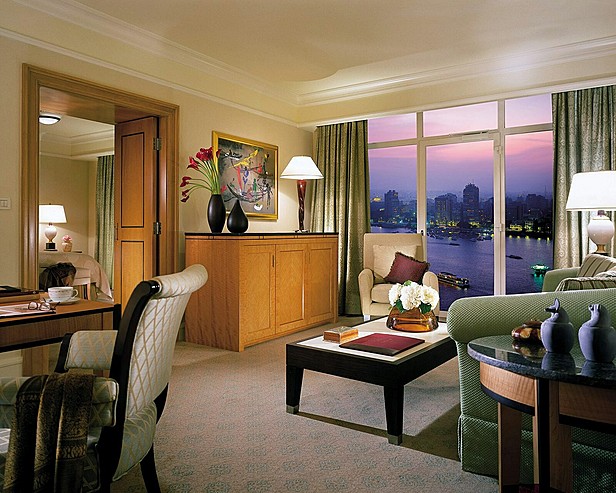
There are also some hotels a bit further north in Zamalek, such as the Cairo Marriott Hotel & Omar Khayyam Casino, which is a good solid bet for the $200 range. It’s everything you would expect from an upscale Marriott, no surprises here. There is a nice outdoor swimming pool and a garden café. Several restaurants are on the premises. Harry’s Pub is a great place to go if you miss the comforts of the West. They sometimes even have karaoke. Although not downtown, and thus a bit removed from the other big hotels, its location in Zamalek is close to some of the best restaurants in the city. 24th of July Street is less than four blocks north of the hotel and is one of the mains roads on this island. Downtown is easily accessibly by taxi, just allow for more time during rush hour because traffic does get backed up on the one-way roads around the hotel.
Scattered around downtown Cairo, you can find moderately priced hotels for about $40 a night and many hostels that only cost about $10 a night, even for a private room with an air conditioner. The Ramses II is good hostel bet. Although this towering building looks a bit rough from the outside, you'll find the inside to be warm, welcoming, and festive. The rooms are spacious, the workers are infinitely nice (they let us join family Ramadan meals), and the prices are hard to beat. The location is just outside the touristy stomping grounds, which adds some priceless local flavor to
this fun little hostel. Most importantly, the AC works.
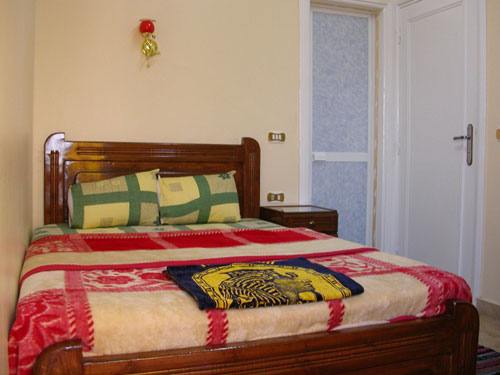
Where to eat
The Egyptians are serious about their history, their religion, and especially their food. Accordingly, you will find a ton of great restaurants in Cairo, most of which are incredibly inexpensive. In the downtown area, immediately along the Nile, you can find scores of fancy restaurants, serving both Egyptian and international cuisine. Even better, an entrée at the nicest of these restaurants will only cost about $10 USD. If you are looking for the best Egyptian food in the city, but served in a fancy atmosphere, try Abu El Sid in Zamalek, the neighborhood where most of the trendy restaurants are located.
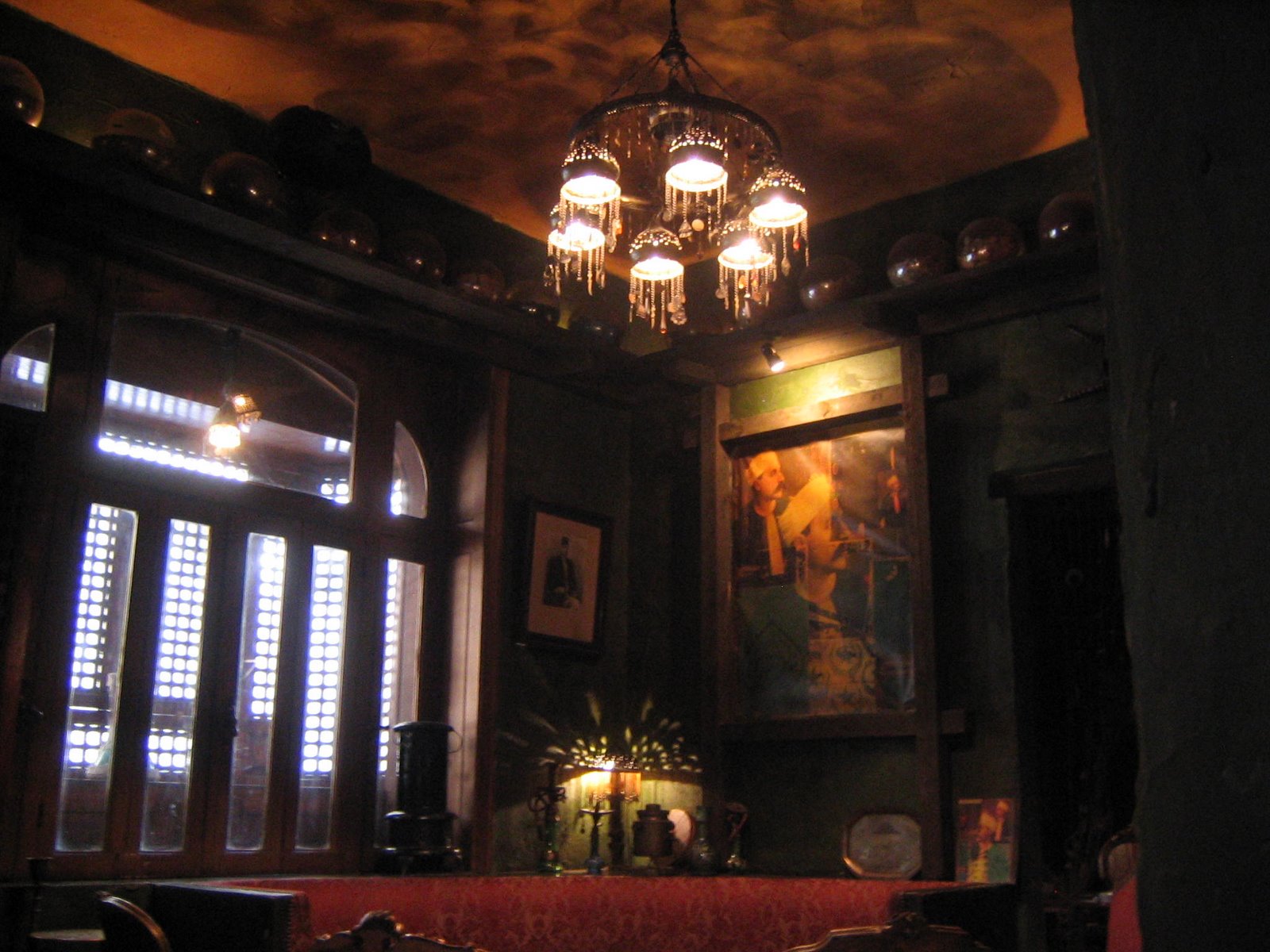
Throughout downtown Cairo, you can find an infinite number of cheaper dining options, ranging from $5 entrees at a quaint sit-down restaurant to 20 cent meals at a local joint. If you want a taste of true Cairene faire, you will need to try koshari, a hearty macaroni dish full of sauces and spices. You can find a large bowl of this Egyptian staple for only 30 cents at Felfela (15 Hoda Sharawi), a favorite of both locals and tourists.
What to see
Most of the important attractions in Cairo are located in the Islamic and Coptic neighborhoods of the city. In Coptic (Christian) Cairo, located in the southern part of the city, you will find the Ben Ezra Synagogue, which is the oldest synagogue in Egypt and supposedly where baby Moses was found in a basket. The remnants of the Babylon Fortress are located in this neighborhood, as well as the Church of St. George and the Hanging Church. You can easily visit all of these sites, as well as the Coptic Museum, in about two hours.
Islamic Cairo is a sprawling area in the eastern part of the Egyptian capital. The “can’t miss” landmark in this area is the Khan el-Khalili, Egypt’s largest market. The narrow alleys of this market seem to stretch for miles, and you can find endless stands selling t-shirts, jewelry, spices, hookahs, and tons of Pharonic trinkets. You can usually bargain with the shopkeepers to obtain a price about 20% of the price they initially quote.
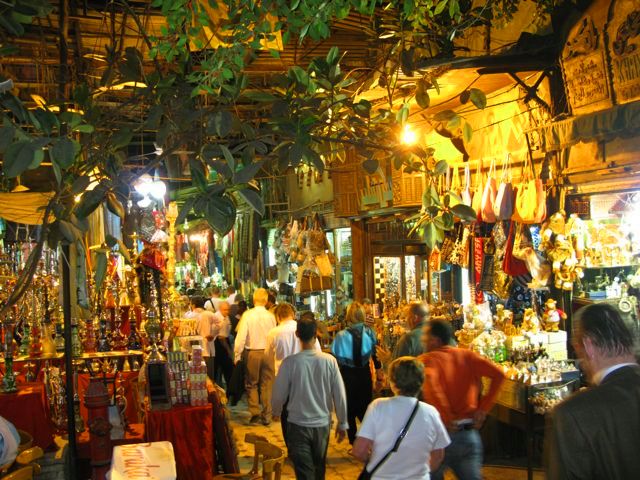
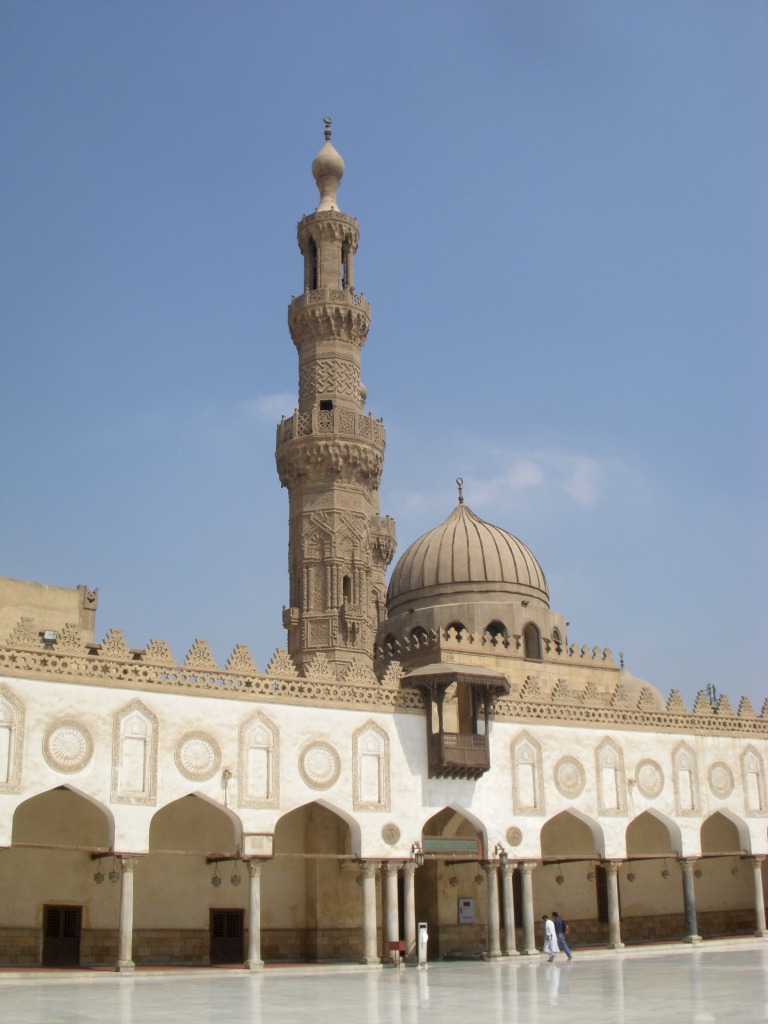
If you have time to spare and truly want to experience a taste of “real” Egyptian life, you should walk from the Al Azhar Mosque, to the gates of Bab Zuweila, through the tentmakers souk (market), and eventually to the Citadel. This journey will take about an hour, but you will walk through the local markets, get off the touristy path, and make some unforgettable memories. If you are short on time, or would like a less adventurous experience, you can easily take a short, and cheap (about 5 Egyptian Pounds), cab ride to the Citadel. This massive and gorgeous fortress, built by Salah el Din, dominates the Egyptian skyline. Within a short walk from the Citadel, you can also visit the Muhammad Ali Mosque, the Blue Mosque, the Madrasa of Sultan Hassan, and the Mosque of al Rifai.
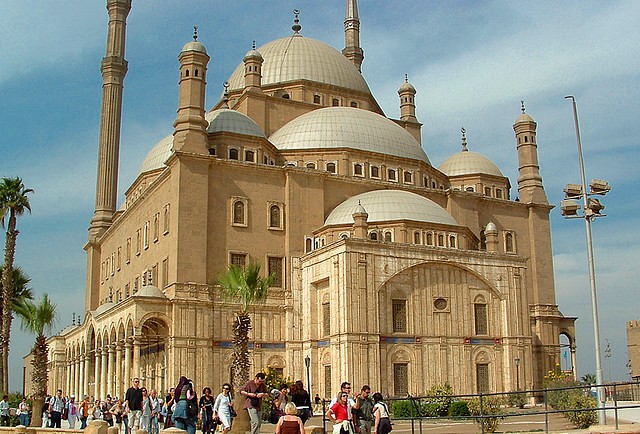
Some of the world’s most famous landmarks are just a short drive from downtown Cairo, including Saqqara, the Giza Pyramids, and the ruins of the ancient city of Memphis. There are an infinite number of tour groups and hotels that organize day trips to these three sites, and possibly even a few additional pyramids. However, if you are short on time, Memphis is certainly the least impressive of the three sites, as only a handful of statues and columns remain. The Giza Pyramids are probably the world’s best example of a “can’t miss” landmark: the Great Pyramid of Giza is one of the seven wonders of the world.
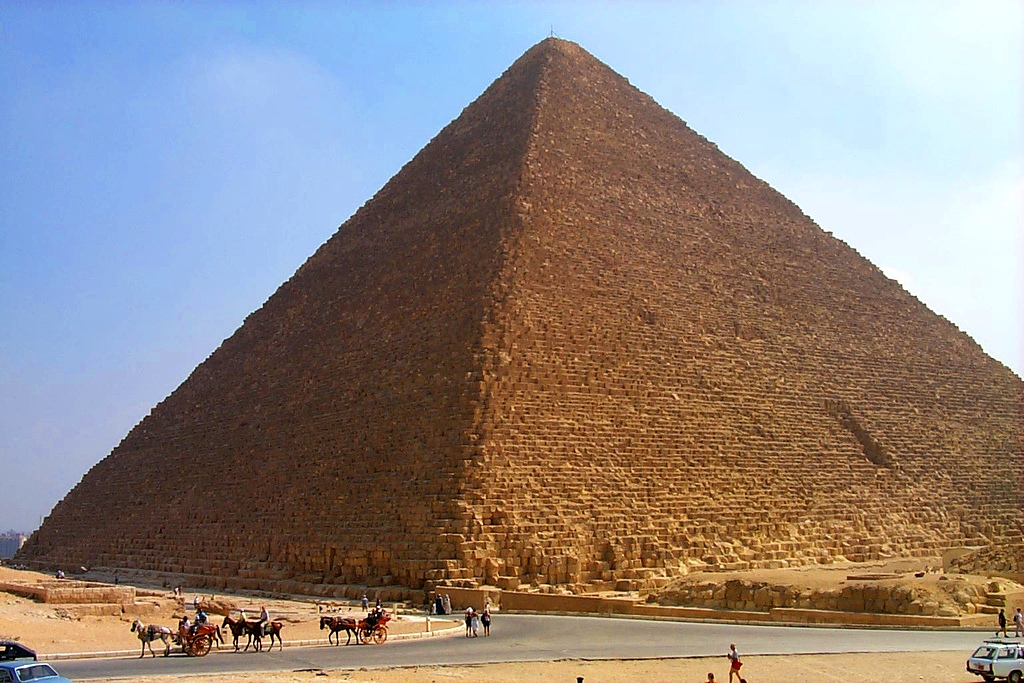
That said, Saqqara is just as incredible and you will have more opportunities to explore the elaborate insides of these less famous pyramids. If you want some outdoor excitement, you can actually ride horses or camels between Saqqara and Giza.
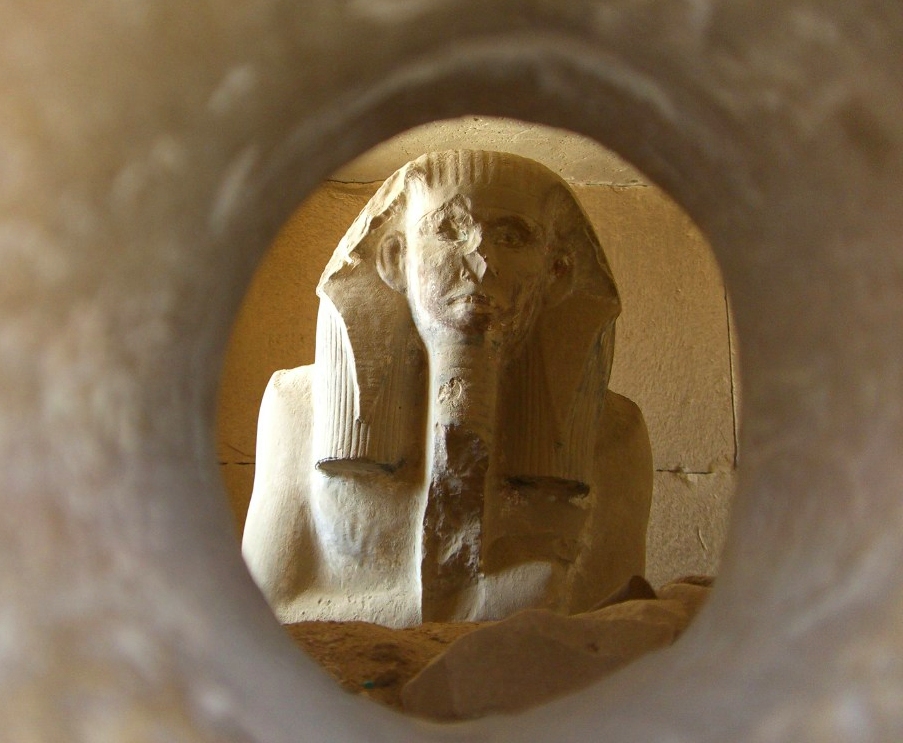
The Egyptian Museum, conveniently located in downtown Cairo, is full of some of the world’s greatest treasures and thousands of tourists. However, be warned, this museum is a sprawling and unorganized mess. There are very few informational placards and many of these ancient wonders seem to just be randomly strewn about the museum. However, the artifacts in the Egyptian Museum are endless and powerfully demonstrate how advanced the Ancient Egyptian civilization truly was. The King Tut exhibit has some of the most beautiful works of art you could ever imagine, but be prepared for lots of crowds in this area. There are also a lot of royal mummies in the Egyptian Museum, including Ramses II’s ancient body, but it cost an extra $20 USD to visit this area.
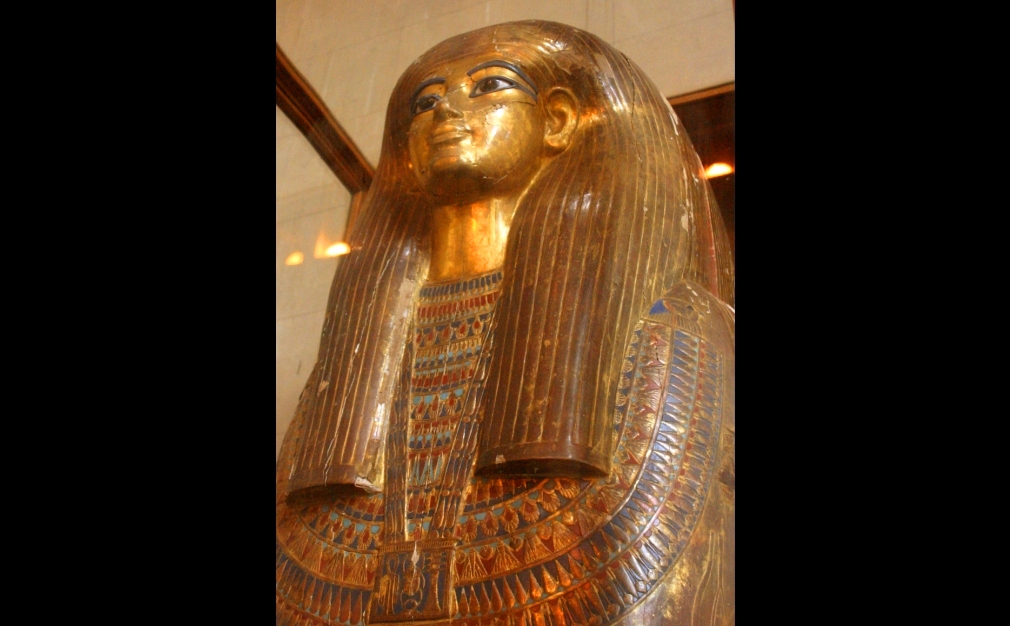
There are also a number of small museums in Cairo, including the Islamic Ceramics Museum and the Museum of Islamic Art, which is scheduled to reopen in early 2010. Additionally, the Imhotep Museum at Saqqara and the Coptic Museum have been beautifully renovated and are incredibly educational.
Photos: BBM Explorer, Four Seasons, Andrew McCormick, prilfish, MiqsPix, Paul Mannix, pyramidtextsonline, Hans Ollermann
